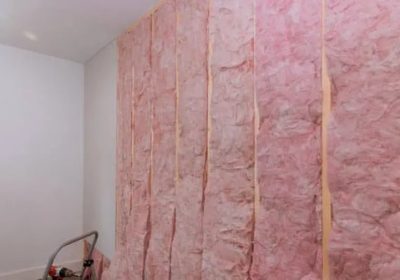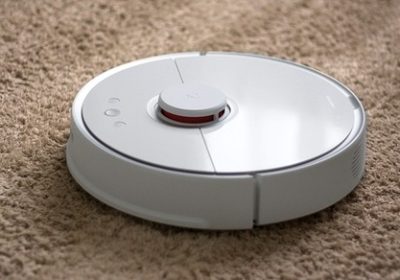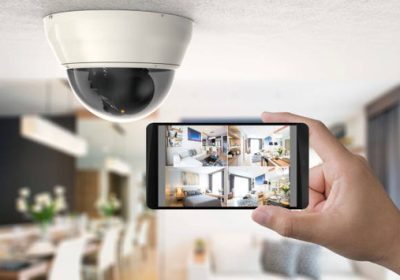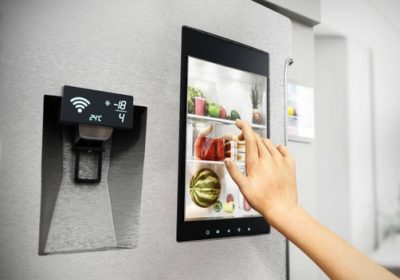Water Conservation Technologies: Sustainable Solutions for Home and Garden Water Management
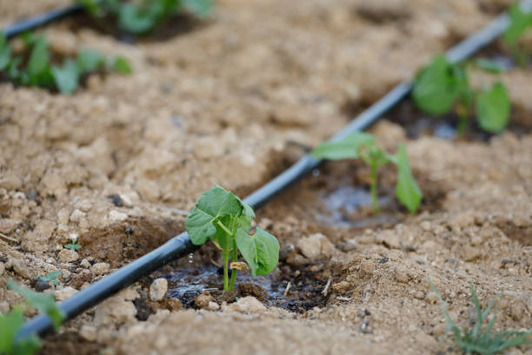
Water is an essential resource that sustains life on our planet. However, it is a finite resource, and its availability is increasingly becoming a concern in many regions of the world. Water conservation is critical to ensure that we have enough water to meet our needs now and in the future. One way to conserve water is by using water conservation technologies in our homes and gardens. In this article, we will explore some of the sustainable solutions for home and garden water management.
Rainwater Harvesting
Rainwater harvesting is the process of collecting and storing rainwater for future use. This technology is becoming increasingly popular as a sustainable solution for home and garden water management. Rainwater harvesting can be done using a variety of methods, including using barrels, cisterns, or tanks.
Rain barrels are a popular choice for home gardeners. They are relatively inexpensive, easy to install, and can hold up to 55 gallons of water. Rain barrels are typically connected to downspouts from gutters, which collect rainwater from the roof. The water can then be used for watering plants, washing cars, or other non-potable uses.
Cisterns are larger than rain barrels and can hold up to 10,000 gallons of water. They are typically used in larger homes or for commercial purposes. Cisterns can be installed underground or above ground and are connected to the home’s plumbing system. The water collected in cisterns can be used for both potable and non-potable uses, depending on the quality of the water.
Greywater Systems
Greywater is the wastewater generated from household activities such as washing dishes, doing laundry, and taking showers. Greywater can be reused for irrigation purposes, reducing the amount of potable water used for watering plants. Greywater systems are becoming increasingly popular as a sustainable solution for home and garden water management.
Greywater systems collect the wastewater from the home and treat it before it is used for irrigation purposes. The treated water is then distributed to the garden through a network of pipes or hoses. Greywater systems can be installed either as a standalone system or as part of a larger rainwater harvesting system.
There are different types of greywater systems available, depending on the level of treatment required. Simple systems involve diverting greywater from the washing machine to the garden, while more complex systems involve treating the greywater using filters and disinfection systems.
Drip Irrigation Systems
Drip irrigation systems are a water-efficient way to water plants in the garden. These systems deliver water directly to the plant roots, reducing water waste through evaporation and runoff. Drip irrigation systems are typically more efficient than traditional sprinkler systems and can save up to 50% of water compared to hand watering.
Drip irrigation systems are available in different types, including point source systems, which deliver water directly to the plant’s root system, and inline drip systems, which deliver water through a network of tubing with emitters spaced at regular intervals.
Smart Irrigation Controllers
Smart irrigation controllers are an advanced technology that uses weather data and soil moisture sensors to optimize irrigation schedules. These controllers can adjust the watering schedule based on the weather conditions and the moisture content of the soil, ensuring that plants receive the right amount of water at the right time.
Smart irrigation controllers are easy to install and can be integrated with existing irrigation systems. They can be controlled through a smartphone app or a web-based platform, allowing homeowners to monitor their irrigation systems from anywhere.
Low-Flow Fixtures
Low-flow fixtures are a simple and effective way to reduce water consumption in the home. These fixtures use less water than traditional fixtures, reducing the amount of water used for activities such as washing dishes, taking showers, and flushing toilets.
Low-flow fixtures are available in different types, including low-flow showerheads, faucets, and toilets. These fixtures can save a significant amount of water, with low-flow toilets alone reducing water usage by up to 60% compared to traditional toilets.
Low-flow fixtures are typically easy to install and can be a cost-effective solution for reducing water consumption in the home. Some low-flow fixtures also come with additional features, such as aerators, which mix air with water to reduce water usage without affecting water pressure.
Xeriscaping
Xeriscaping is a landscaping technique that uses drought-tolerant plants and water-efficient design principles to create a low-water landscape. This technique can be used in any region of the world, and can significantly reduce water usage in the garden.
Xeriscaping involves choosing plants that are well adapted to the local climate and soil conditions. These plants typically require less water than traditional garden plants, reducing the need for irrigation. Xeriscaping also involves using design principles that minimize water loss through evaporation and runoff, such as using mulch and grouping plants according to their water needs.
Xeriscaping can be a cost-effective solution for creating a low-water landscape. It can also provide a variety of benefits, including reduced maintenance requirements, increased biodiversity, and improved aesthetic appeal.
In addition to the benefits of water conservation, these technologies can also provide financial benefits. By reducing water usage, homeowners can save money on their water bills. Many municipalities also offer rebates for installing water conservation technologies, providing an additional incentive to adopt these practices.
Furthermore, water conservation technologies can also help to reduce the strain on municipal water systems, particularly during times of drought or water shortages. By reducing demand for water, these technologies can help to ensure that there is enough water available for all users, including households, businesses, and agriculture.
While the adoption of water conservation technologies is important, it is also important to note that these technologies are not a replacement for responsible water usage practices. Simple practices such as fixing leaky faucets, taking shorter showers, and turning off the tap when brushing teeth can also significantly reduce water usage in the home.
It is important to note that the adoption of water conservation technologies should not be limited to homeowners. Businesses, municipalities, and agriculture can also benefit from these technologies and practices. For example, drip irrigation systems can be used in agriculture to reduce water usage while ensuring that crops receive the necessary amount of water. Smart irrigation controllers can also be used in commercial landscaping to reduce water usage and save money on water bills.
In addition to the technologies discussed above, there are also emerging technologies that have the potential to further reduce water usage in the home and garden. For example, water-efficient appliances, such as dishwashers and washing machines, can significantly reduce water usage compared to traditional appliances. There are also new technologies being developed that can monitor and optimize water usage in the home, such as smart water meters and leak detection systems.
However, it is important to note that the adoption of new technologies should not come at the expense of responsible water usage practices. It is still important to fix leaky faucets, take shorter showers, and turn off the tap when brushing teeth, even with the most advanced water-efficient technologies in place.
There are also several governmental initiatives and policies aimed at promoting water conservation. In many countries, there are regulations in place that require new buildings to include water-efficient fixtures and appliances. Many municipalities also offer rebates for installing water conservation technologies, such as rain barrels and low-flow toilets.
Governments can also play a role in promoting water conservation through public education campaigns and water conservation incentives. For example, some municipalities offer rebates for residents who replace their lawns with xeriscaping or who install rainwater harvesting systems. Governments can also promote water conservation through water pricing policies that encourage responsible water usage.
However, it is important to note that while governmental initiatives and policies are important, individual action is also crucial for promoting water conservation. Every individual has the power to reduce their water usage and contribute to a more sustainable future.
Finally, it is important to consider the global impact of water conservation. While water scarcity is a major issue in many parts of the world, there are also areas where water is abundant. However, even in areas where water is plentiful, it is important to conserve this resource.
Water conservation can also have a positive impact on the environment, particularly when it comes to reducing energy usage. In many areas, water is pumped from underground aquifers or transported over long distances, which requires significant energy usage. By reducing water usage, we can also reduce the energy required to transport and treat water, leading to a reduction in greenhouse gas emissions.
Water conservation can also help to protect and preserve ecosystems. For example, reducing water usage in agriculture can help to preserve natural habitats and protect wildlife. In addition, using water-efficient landscaping practices can help to reduce the amount of water required for irrigation, which can help to protect local ecosystems and reduce the impact of droughts and other environmental factors.
Conclusion
In conclusion, water conservation technologies provide sustainable solutions for managing water usage in the home and garden. By adopting these technologies and responsible water usage practices, we can all play a role in ensuring a sustainable future for ourselves and future generations. It is important to remember that water is a valuable resource, and we must work to conserve it for the benefit of ourselves and the planet.




